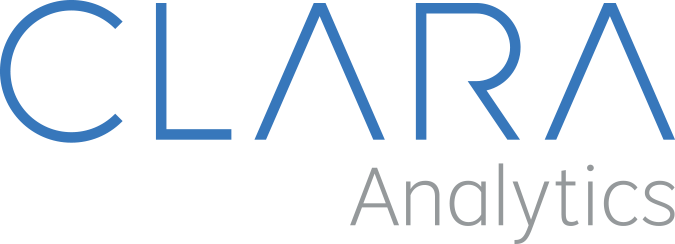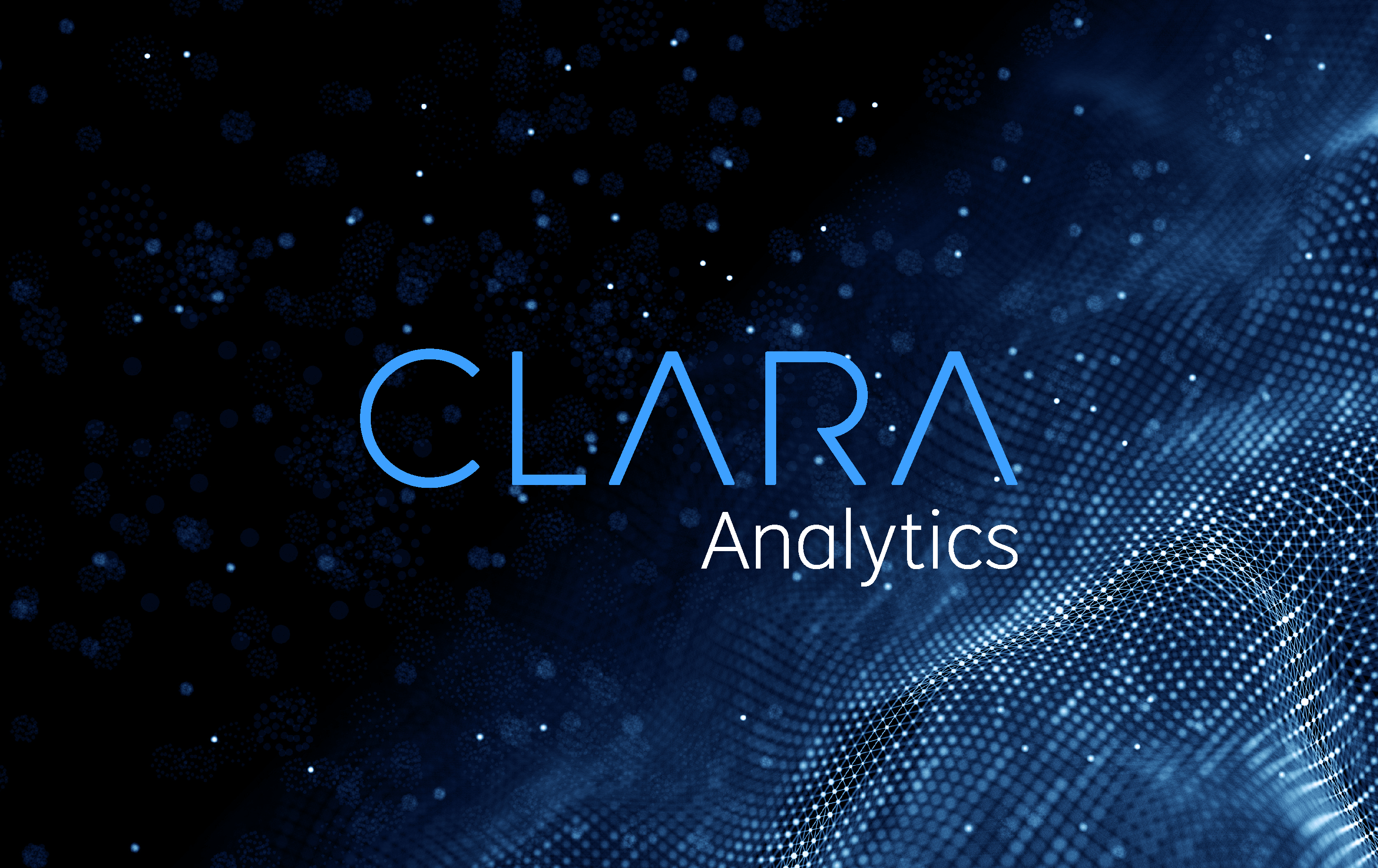Using AI to Identify Work Comp Fraud Related to COVID-19
As employees return to work after the COVID-19 crisis has subsided, insurers and employers will likely experience a surge in claims related to the virus. Analysts expect coverages for workers compensation, employer liability, and business interruption to be especially hard hit.[i] The California Workers Compensation Insurance Rating Bureau estimates annual losses in its state will be $1.2 billion.[ii] Extrapolating nationally, losses would be approximately $5 billion.
Most states have enacted legislation or executive orders to designate critical occupations in the wake of the virus. For workers compensation, certain front-line occupations (such as health care and first responders) will be presumptively covered in most states. According to data scientists at CLARA Analytics, health care workers experienced a fourfold increase in virus-related claims since February 2020. This presumption may extend beyond the front line to include all employees in all occupations working outside the home regardless of direct risk.[iii]
The new COVID-19 laws and executive orders are sometimes ambiguous and could lead to disputes. Many questions will arise: Where and when did exposure to the virus occur? Did multiple employees at the same location suffer from the virus? Job classifications will be important: Do medical intake workers have the same level of exposure as nurses employed at the same hospital?
Also, medical treatment may raise additional questions: Was the COVID-19 test administered in a timely fashion? Are these tests carried out at a nationally recognized testing lab (NRTL)? Do the tests generate a high rate of false negatives?
In addition, given the current massive level of unemployment, we may see a surge in post-termination cumulative trauma claims. If a terminated worker tests positive, attorneys may allege he or she was exposed to the virus at his or her prior workplace (even if a test was not conducted during the period of employment). Moreover, if the worker suffers from any other medical condition, a COVID-19 diagnosis may be added as an aggravating factor.
Beyond workers compensation, health insurers forecast increases in fraud.[iv] Medicare has already experienced a rise in provider fraud due to COVID-19.[v]
Preparing for Claims Fraud
Workers compensation claims fraud is supplier driven. A small segment of attorneys and medical providers exploit the system to file fraudulent claims. The pandemic offers these fraudsters an opportunity to revive practices that have been proven successful in the past. For example, the massive layoffs caused by dislocations resulting from COVID -19 may provoke some fraudsters to retain “cappers.” These intermediaries recruit laid-off employees in order to file workers compensation claims. The employees will be sent to networks which may include chiropractors, pharmacists, diagnostic facilities, medical equipment suppliers, and interpreters. In the wake of COVID- 19, pulmonologists, testing labs, and respiratory therapists may be recruited.
Harvesting Data to Identify Drivers of Fraud
Attorney Data
Attorneys are the claims “quarterbacks” handing off workers to an entire array of vendors starting with medical providers. Attorneys are paid at settlement and, unlike medical providers, are not recorded in bill review systems. As a result, attorney data has been difficult to isolate. However, new AI tools can reliably identify attorney behavior over the course of many claims.
To detect attorney involvement in fraudulent claims, analysts start with a list of medical providers who have been publicly identified as fraudulent. They then work backward via longitudinal analysis to identify attorneys who originally refer to these providers. Attorney data is gleaned from claims notes and utilization review appeals. Accounts payable systems reveal final settlement information. This information can be used to identify attorneys and their firms.
Medical Provider Data
Using a multiyear, multipayer database, data scientists can identify a reliable picture of medical provider practice patterns. By tapping into bill review information, analysts can detect billing patterns, diagnoses, procedure codes, drug prescribing, and referrals. Excessive or inaccurate billing are common indicators of fraud. Given that many bills are disallowed, these providers usually display large gaps between billed and paid amounts.
Fraud Network Data
These complex networks consisting of multiple coordinated vendors are key drivers of fraud. AI can detect usually hidden connections between attorneys, medical providers, and other vendors, enabling data scientists to track their progression over time. These analysts can employ clustering techniques to graphically show cross-referrals. The analysis starts with the first provider as the node and includes other central and peripheral providers.
Putting Data into Action
To combat fraudulent COVID-19 claims, payers can now employ artificial intelligence tools to mine a multiyear, cross-payer claims database. Data scientists can track both attorneys and medical providers and the progression of fraud networks. CLARA Analytics has created claims alerts to notify examiners when a claim deviates from expected patterns. Fraudsters are sometimes a major source of such deviations. Using these alerts, payers can intervene early to curb cost escalation or to shut down the claim entirely.
Tapping into aggregate attorney, medical provider, and network data will improve the efficiency and focus of specialized investigative units. At present, most of these units rely on one-off referrals from their own companies. By using a multipayer, multiyear database, payers can harvest a list of suspicious attorneys and providers. Claims examiners can intervene early to forestall a costly chain of referrals. Depending on the rules of each state, payers may be able to redirect the claims to their own preferred provider networks.
Conclusions
In sum, COVID-19 will account for a surge in workers compensation claims. The billions of dollars in additional costs may exceed those of the recession of 2008. In order to effectively handle the valid claims, payers must quickly and accurately eliminate the few fraudulent ones. Artificial intelligence tools can be deployed to identify fraud. Payers can then focus attention on helping patients who are the real victims of COVID-19.
[i] Gabriel Olano, “Figuring out the new world post-coronavirus,” Corporate Risk and Insurance, May 21, 2020.
[ii] WCIRB Wire, “WCIRB Evaluates Governor’s COVID-19 Executive Order Impact on Workers’ Compensation Costs,” May 22, 2020.
[iii] Alex Swedlow, Rena David and Mark Webb, “Integrating COVID-19 Presumptions into the California Workers’ Compensation System,” CWCI, May 2020.
[iv] Michael Adelberg and Melissa Garrido, “The COVID-19 Epidemic As A Catalyst For Health Care Fraud,” Health Affairs, May 7, 2020.
[v] Federal News Network, “Combating health care fraud as CMS loosens rules to respond to coronavirus,” May 18, 2020.
About Gregory Johnson
Johnson is a health care consultant with 30 years’ experience in health care and insurance. He was previously a partner at Ernst & Young and PricewaterhouseCoopers, as well as director of medical analytics at the California Workers’ Compensation Insurance Rating Bureau. He holds a Bachelor of Arts from University of Oregon and a Ph.D. from Harvard University.
As first published in claimsjournal.com




